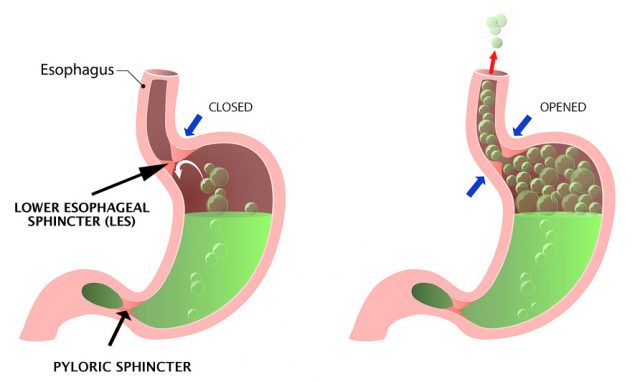All of us have had periodic heartburn after eating something that was overly rich or spicy. As we get older, heartburn can happen more frequently, or the pain can increase in intensity. This can be a sign of a condition called GERD, which is caused by acid reflux. GERD accounts for anywhere between 22% and 66% of patients diagnosed with “noncardiac chest pain.” I dropped by WCNC’s Charlotte Today to share more. Watch the video below or keep reading for more!
What is the difference between heartburn, acid reflux and GERD?
- Heartburn is a symptom of acid reflux, which is what is sounds like: stomach acid backs up into the esophagus, which can be very painful.
- Acid reflux symptoms that happen more than twice a week, continuously, is a condition called GERD, which stands for gastroesophageal reflux disease.
- GERD affects about 20% of us.
If heartburn is associated with acid reflux in the stomach, why does it feel like chest pain?
- Our stomachs are built to withstand acid and need it for digestion; our esophagus is not.
- Nerves in the stomach and heart don’t clearly signal to the brain where pain originates.
Signs of heartburn vs. heart attack?
- Acid reflux is usually accompanied by heartburn, bad breath, the feeling that something is stuck in the back of the throat or needing to clear your throat, nausea/vomiting, difficulty swallowing and breathing problems or coughing.
- IMPORTANT: Heart attack in women can manifest differently than chest pain.
- MORE IMPORTANT: If you think you are having a heart attack, dial 911.
How is heartburn treated?
- Reduce risk: lose weight, quit smoking and reduce consumption of alcohol and caffeine.
- Avoid triggers: late night eating, foods that are high in fat or are fried, acidic foods (tomatoes) and drinks (fruit juices, coffee).
- Treat with antacids or PPIs and H2 blockers to reduce acid production.


